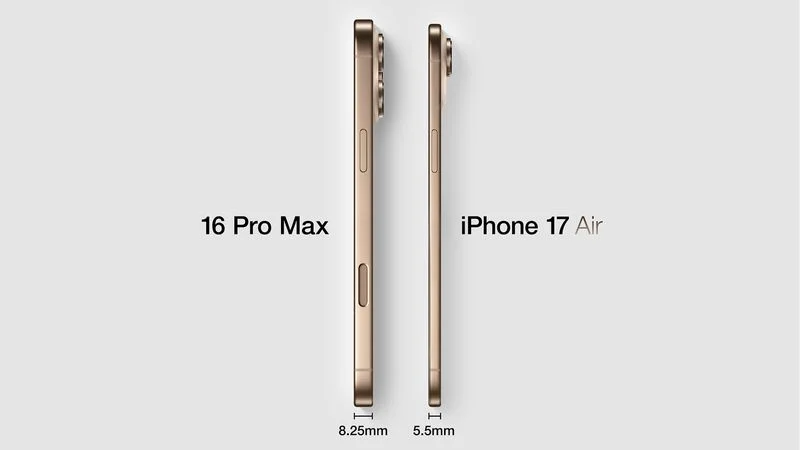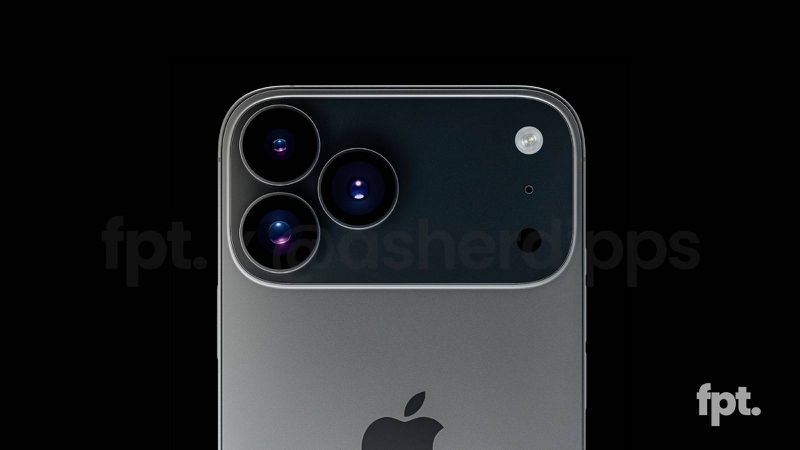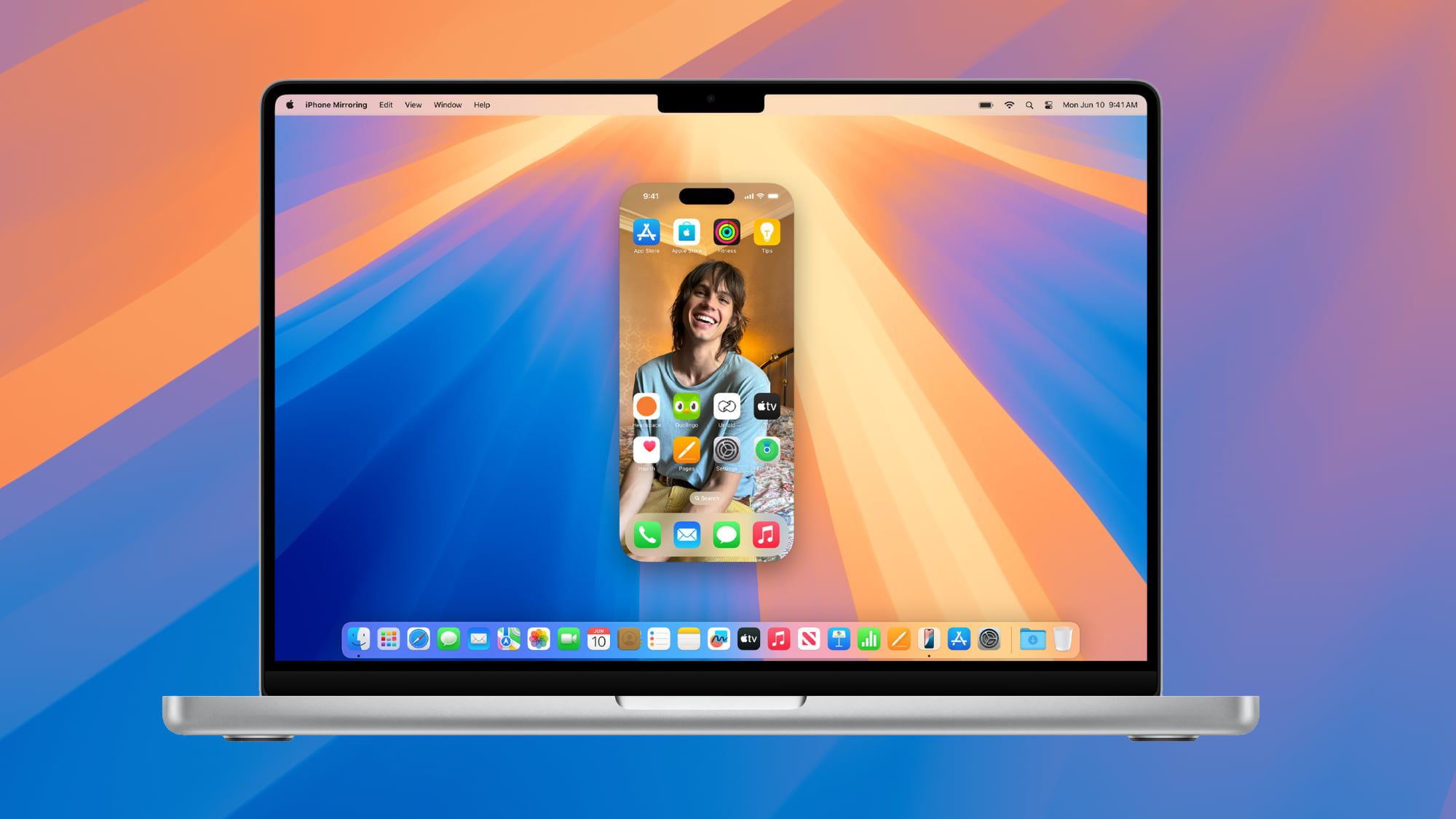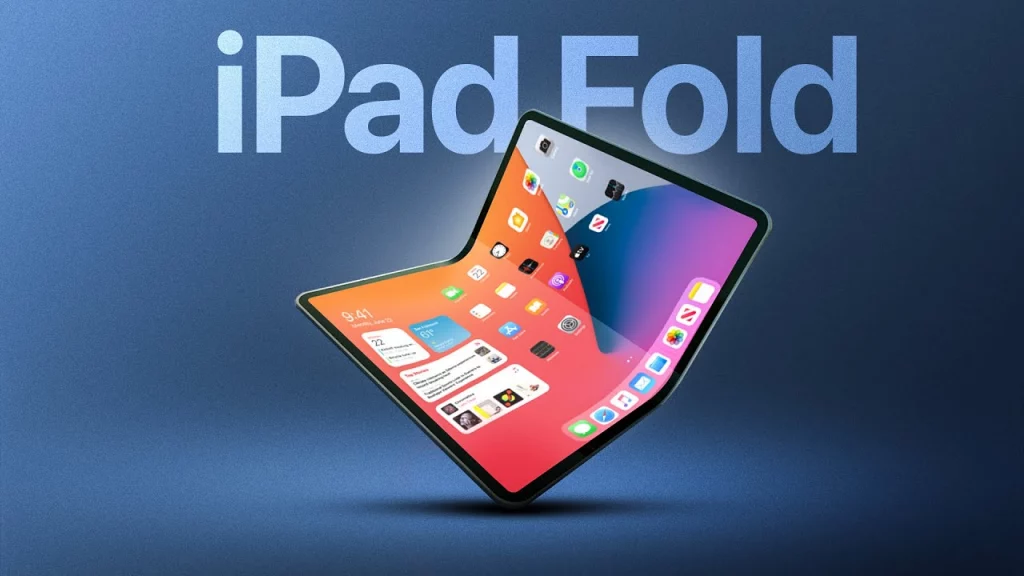Last night, fresh pictures of iPhone 17 dummy models popped up, shared by Sonny Dickson. He’s a guy who’s been spot-on for years about leaking these fake phone versions that help case and accessory makers get ready for new iPhones. The photos match the designs we’ve seen lately, including a big camera bump stretching across the back, which Apple might add to all models except the basic iPhone 17.
Dickson’s pictures show the dummies from every angle. The side views really stand out, showing how thin the iPhone 17 Air could be compared to the others. I never thought the current iPhones were bulky, but next to the Air, they look pretty hefty. Check it out:
The iPhone 17 Air dummy looks sleek from the side, making other models seem thick. These dummy units seem to confirm whispers that the iPhone 17 Air will have a 6.6-inch screen. That size puts it right between this year’s 6.3-inch iPhone 16 Pro and the 6.9-inch 16 Pro Max.
Mark Gurman from Bloomberg backed this up in his latest Power On newsletter. He says Apple thought about making it 6.9 inches but dropped the idea, worried a super-thin phone with a hugescreen might bend too easily.
Gurman also mentions the Air will have slim edges like the 16 Pro, plus the Dynamic Island notch and a Camera Control button—details that line up with Dickson’s leaked shots. The iPhone 17 Air’s slim design is stealing the spotlight, and these photos give us a solid peek at what’s coming. It’s exciting to see how it stacks up against the rest of the lineup!






